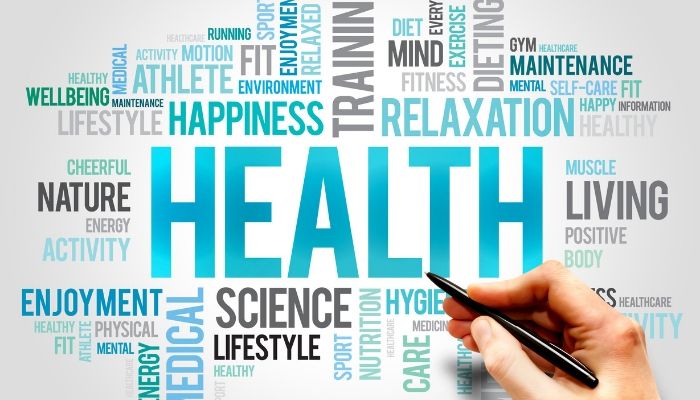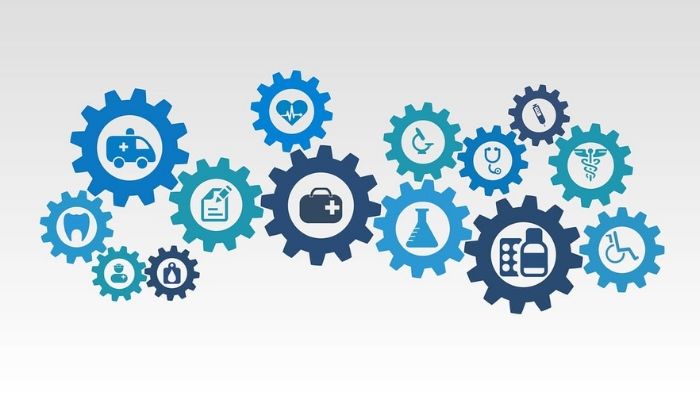Exercising Injury Free: Why We Get Hurt and How to Avoid It
FEBRUARY 28, 2018 by DR. HEATHER MODAY, MD

Let’s get something straight: Exercising can be REALLY embarrassing, especially in the beginning. It can also be confusing, draining, frustrating, and downright painful at times.
No wonder most people don’t like to exercise!
In fact, I have found there are two main factors most likely holding you back from getting in shape, injury free.
1. Your Mindset
For many of us, when something does not work out despite our best efforts, we start to make up stories explaining why we keep failing:
“I tried everything, I’m just not meant to exercise…”
“My doctor says I have flat feet, that’s why I keep getting hurt…”
We literally search for ways to take the blame off of ourselves.
However, we never say to ourselves…
“Well, I do sit all day at work and then go to run with only a 5 minute warm up. Maybe that’s it…”
Or:
“Maybe I should get a coach who knows EXACTLY what they are doing instead of trying to figure it out myself…”
But do you know why we sabotage ourselves the instant we meet resistance? It’s because we are hardwired to avoid anything that contradicts our self-concept. For instance, if you see yourself as a great parent (and let’s face it, you are pretty great), any time someone even hints you are doing something wrong, you get super upset and defensive, even though they may be absolutely right.
This is called “cognitive dissonance.” It is the stress associated with having two contradictory beliefs. In the example above, we know ourselves to be great parents, but at the same time, there is information suggesting we may not be as great as we think.

To reconcile these contradictory beliefs, we automatically shut off our rational brain and vehemently oppose anything or anyone who challenges those beliefs.
This is exactly why we HATE stepping on the scale at the doctor’s office!
It is painful to be reminded of something we don’t want to acknowledge, even though it is right there in front of us. Unfortunately, this type of thinking is what keeps us from improving important aspects of our lives, like being physically fit.
So here is the truth when it comes to injuries: Aside from extremely rare cases, humans are designed to be active. Injuries are not normal. You can overcome your injuries.
The first step is acknowledging you are the problem, but more importantly, you are the solution.
The second reason why people often get injured is…
2. Poor movement patterns (a.k.a. You don’t move right)
One key takeaway I had from medical school was that, in general, doctors tend to focus on treating symptoms, not the root cause of problems. Rather than investigating the cause of an injury (i.e. you lifted with poor form), doctors focus on treating the symptoms (your pain and swelling). Solutions like pain medications, anti-inflammatories, and injections do not help you heal any quicker, nor do they help prevent any future injuries.
If you want to stop a leak, you do not continue to put a towel down to collect the pooling water; you fix the pipe!
If you want to cure your injuries — and I promise you, the vast majority of you can despite what your doctor tells you — you have to go to the source. And for the majority of us, the main culprit is sitting.
Just think about how much we sit on a daily basis. We sit when we eat, in our car to and from work, while we work, when we watch TV. Heck, we even sit at the gym on the stationary bike for hours!
At no other time in history have humans sat for such extended periods of time. And as a result, our bodies have begun to adapt to this position.
To offset the gravitational forces pulling down on us as we sit, our bodies compensate: Our heads start to droop forward, our pelvises become tucked, our glutes get stretched out while the hip flexors become shortened. Our bodies literally adapt to a seated position, so that when we go to do ‘normal’ human activities like walk, run, lift, jump, or climb, our bodies can no longer perform them correctly.
As Peter Egoscue, the creator of The Egoscue Method notes, there are two stages in which normal human movement turns to dysfunctional human movement:
- The ‘Use It Or Lose It Stage: In this stage, the body literally turns off muscles it is not using. Why continue to send nutrients to an area that is never in use
- The Compensation Stage: During movement, the body is aware of weakened muscles unable to perform their usual function. To compensate, the body borrows another muscle or group of muscles to get the job done.
Over time, our bodies learn to move with the wrong muscles. Even worse, this dysfunction leads to further dysfunction.
Common Signs of Dysfunctional Movement
Dysfunction is often easy to spot and presents as asymmetries of the body. The right and left sides of your body should look and function exactly the same. Thus, in the vast majority of cases, unequal leg lengths or a hip that is higher than the other is not the result of poor genetics; it is the result of muscular imbalances.
The same holds true for knees with worn-out cartilage or flat arches in the feet. These conditions are VERY rarely a result of genetics or old age; rather, they are the result of poor movement patterns repeated over time. Just because you have been running for 20 years does not necessitate the wearing down of your knees.
Consider more primitive groups like the Tarahumara Indians in Mexico, who run their whole lives without ACL tears, meniscus injuries, or plantar fasciitis. They have members of their tribe who are in their seventies and eighties who still run marathon distances without any pain.
I know what you’re thinking: “Well Jon, these groups probably have great genes.”
We know this is not the reason for their athletic longevity because when these groups are introduced to a more modern way of living, they develop disease and injuries at the same rate as the rest of us.
The good news is many of these conditions are reversible, or at the very least, they can be halted.
How to Reverse Movement Dysfunction
So how do you correct these imbalances? It’s not by ignoring them. And despite what many think, lifting more weights is not the answer.
You should not strengthen dysfunctional movements.
Strengthening your muscles without realigning them first would only further the dysfunction.
You need to diagnose the problem, realign your body, and then strengthen.
One way to restore proper movement patterns is through Foundation Training, an innovative exercise program created by Dr. Eric Goodman. Foundation Training realigns and strengthens the exact muscles neglected by years of sitting so that they can function properly again.
It literally teaches your body how to disperse force through muscles — as it is intended to do — instead of through joints (i.e. your back, hips, knees, ankles, etc.). This prevents common wear-and-tear injuries many athletes experience and will improve every aspect of your training.
Keep in mind, Foundation Training is definitely not the only method of correcting muscular imbalances. The Egoscue Method and other programs such as MoveNat, Original Strength,Rolfing, and yoga are backed by great science and can be very effective.
Foundation Training is great because it is simple. It can be done in 10 minutes a day, requires no equipment, and is extremely effective.
The key is to understand that you are not stuck with the body you currently have. Just because you suffer from lower back pain, osteoarthritis, IT band syndrome, chondromalacia, or plantar fasciitis does not mean you cannot exercise pain free for decades to come. I have worked and interacted with many people who have overcome these obstacles and many others to exercise pain free.
Remember, pain is a symptom of a deeper dysfunction. It is very rarely a result of old age. Surgery, medication, or injections are rarely the answer; they only obscure it.
Take the time to find the TRUE cause of your injuries.
Imagine what it would be like to exercise injury free. No more doctors’ appointments, no more having to take time off, no more pain.
Put the time in now so you can thrive for decades to come.
**For more information on Foundation Training, go to FoundationTraining.com.





